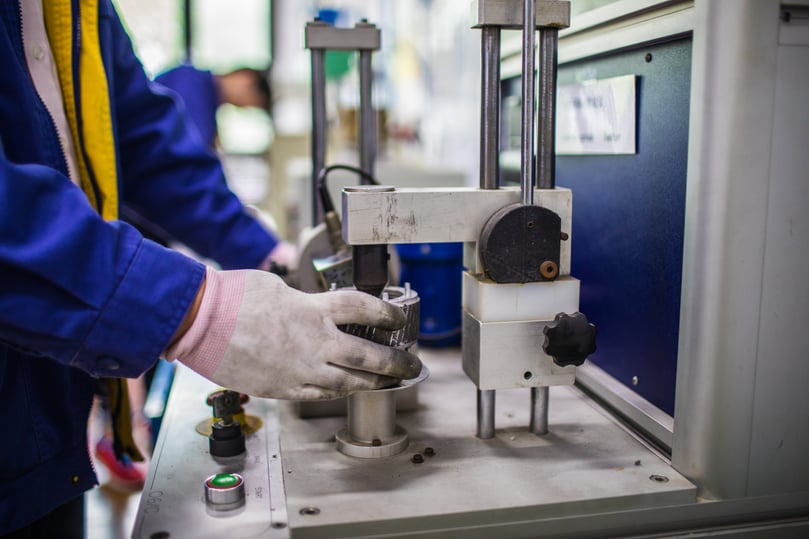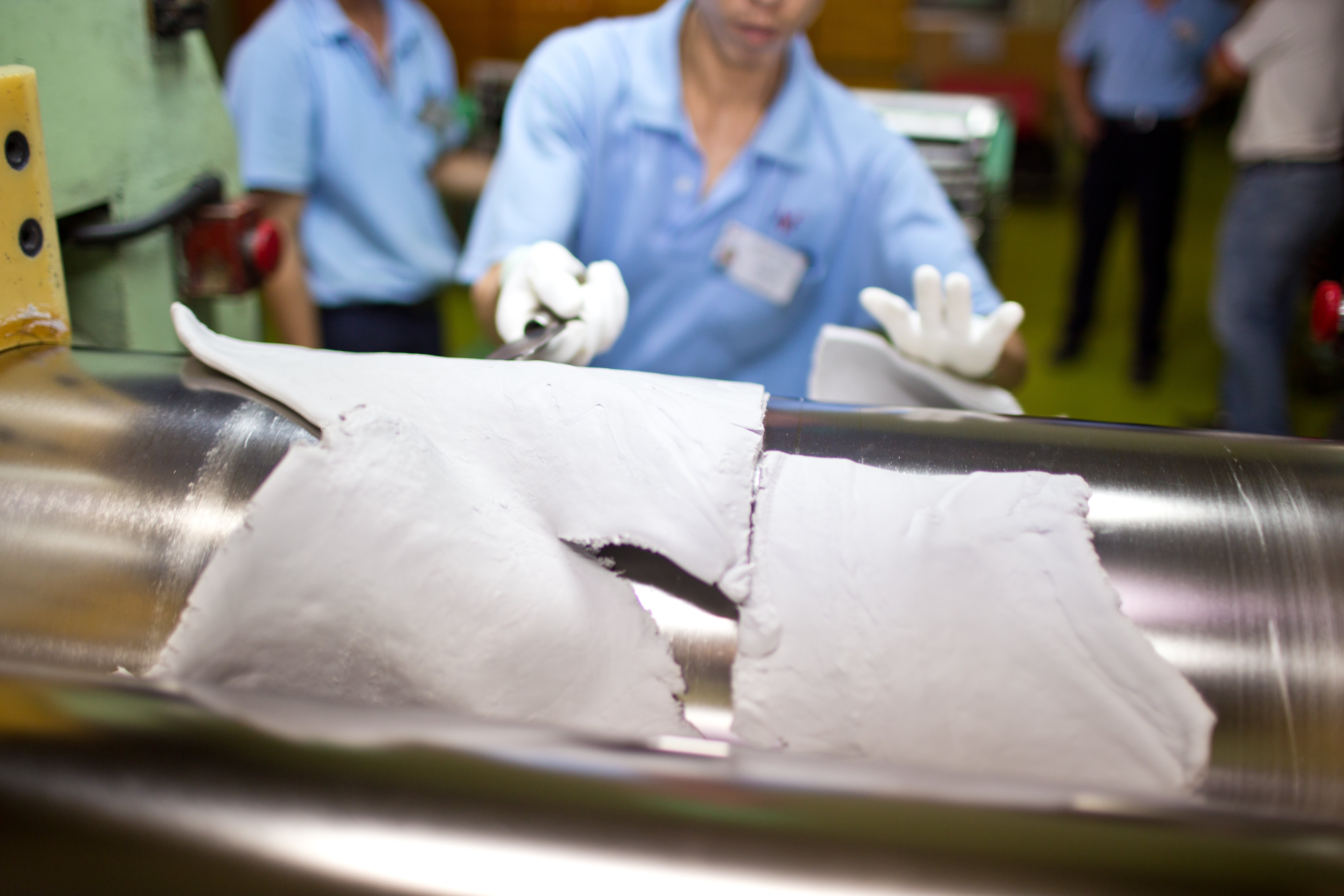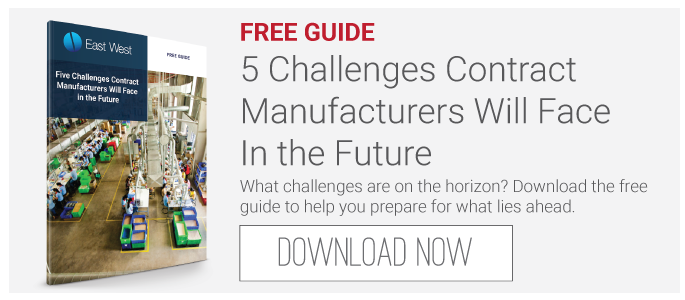At some point the leadership team of a company that manufactures a product, sits around their conference room and asks themselves the million-dollar question, “Should we consider moving production offshore?”

You may be thinking about moving your production offshore, but you aren’t entirely convinced that the benefits outweigh the risks. According to global strategy and management consultant A.T. Kerney's latest Reshoring Index, offshore manufacturing by U.S. corporations surpassed “reshoring” for a third year in row – tariffs or no tariffs.
Here are the main benefits of taking your manufacturing offshore that could explain Kearney’s finding:
Cost Savings
The main motivating factor for companies to move their production offshore is to save money. No surprise here. By outsourcing assemblies and other expensive manufacturing processes, you can dramatically cut the costs of your products and pass those savings on to your customers, increase your margins, or both. Start with the end in mind – the ultimate goal is to help your customers remain extremely competitive. Your competitors may not have facilities overseas and thus may have higher costs. While they are likely able to offer shorter lead times than domestic customers, they may lack the skilled labor and supplier and sourcing options that you have at your fingertips by manufacturing offshore.
Skilled Labor
The latest shows that American manufacturers will encounter a substantial skill gap over the next 10 years. Per the study, “Between 2018-2028 nearly 2.4 million manufacturing jobs are expected to go unfilled due to the skill gap.” Contributing factors include baby boomer retirement and a shortage of millennials who are not showing interest in turning manufacturing into a long-term career. Moving production offshore affords you a vast, skilled labor pool with lower wages than the US.
Specialized Suppliers
Due to the sheer volume of manufacturing facilities and population across Asia, you can find highly specialized suppliers that that may no longer exist domestically. More suppliers should give you better rate. In 2011, China beat out the US to become the world’s largest producer of manufactured goods. Vietnam has also established itself as a key player in manufacturing with lower-cost options than China. Your ideal supplier will have the right equipment, experience, work force, and quality systems to produce high-quality products at lower costs.
Transfer of Risk
Working with a supplier overseas allows you to transfer capital risk during the most critical phase of business – scaling up. Risks you can avoid include the purchase of sophisticated and expensive equipment, labor costs (including workers compensation) and overhead costs. However, it is extremely important to create a set of guidelines for auditing and qualifying each supplier and to grade the supplier against these criteria in person before launching production. You don’t want to trade one risk for another and end up with quality issues.

Sourcing Close to Raw Materials
Procuring raw materials closer to the source provides tremendous savings. Pass the freight savings of moving raw materials from one place to another on to your customer. In the case of a raw material like rubber, it makes sense to source and manufacture rubber components where rubber trees grow (SE Asia). Check out how China has made increasing raw material availability its checkmate strategy in the global manufacturing game.
Enter New, International Markets
Moving your manufacturing offshore opens your business up to new opportunities, including insight into the latest and most efficient manufacturing techniques and potential exposure for your product on an international level. Commerce is increasingly global – especially in this digital age – and being able to hold your own on an international platform is a must. Creating and effectively managing a global supply chain increases your company’s resources, competitive edge and reach.Hopefully you have gained better insight into the substantial benefits of taking your production offshore. East West has found success offshore, and we hope you do too! Reach out to us with any questions you may have. And while you’re at it, check out this white paper to learn more tips for success:




.jpg?width=176&height=56&name=MR_associatedNetwork_logo%20(1).jpg)